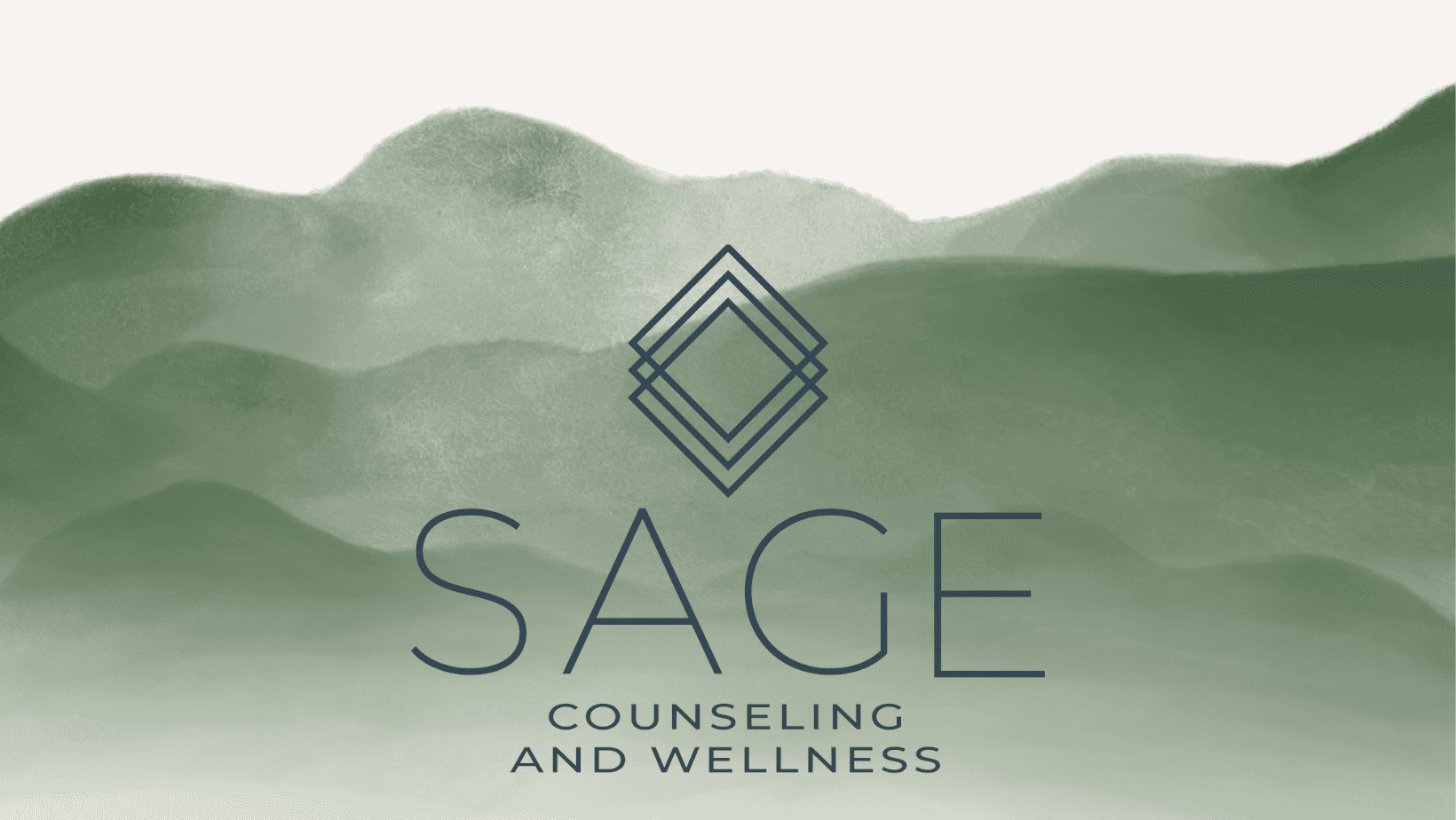
How to Heal Your Anxious Attachment Style in Relationships
This post may contain affiliate links, which means we may receive a commission, at no extra cost to you, if you make a purchase through a link. Please see our full disclosure https://sagecounselingtherapyandwellness.com/disclosure-privacy-policy-terms-of-use/ for further information.
You’ve likely heard a bit about attachment styles lately — a “buzzworthy” topic on TikTok and when dissecting a failed relationship with friends. But, what do attachment styles really mean, other than a quick way to reason why someone seemed clingy or wasn’t ready to commit to a relationship? Attachment styles are much more than habits one has when dating — they actually stem far back into one’s childhood and can affect behavior in all relationships, not exclusively romantic ones. Today, we will present an overview of the different types of attachment styles and how they came to be. Then, we will provide tips for those who are anxiously attached to their relationships, so that they and their partner(s) can feel more secure and thrive in your relationship.
What are the different types of attachment styles?
Attachment styles encompass how you behave in and think about relationships, typically rooted in how you felt you were cared for as a child. According to psychologists John Bowlby and Mary Ainsworth, who coined and researched “attachment theory,” the quality of care and bonding one receives in their first relationship with their caregiver sets the scene for how trusting and/or open they will be in their future relationships [1].
For example, suppose one’s caregiver responded attentively to their cries and needs as an infant, creating an environment of safety and trust. In this case, that child will likely grow up to be more open and trusting in their future relationships. Likewise, say one’s caregiver was not as attentive, and instead ignored their baby’s cries, or yelled at their child when they needed attention. In this case, the child will likely grow up feeling as though they cannot trust others to meet their needs, being more closed off or anxious about relationships.
Of course, attachment styles aren’t the only factor that determines the success of one’s relationships, and attachment styles can change over time. Other determinants, like trauma, mental conditions, environment, and even just the partner you chose to have an impact on the quality of your relationship. However, attachment style tends to dictate how you see your partners or friends, and if this perception is negative, it can put an end to the relationship before it even starts (sometimes). Below are the most common types of attachment styles, and what behaviors and thought patterns may come with them [2]:
Secure Attachment:
- People with secure attachment styles tend to be able to communicate their needs easily and set respectful boundaries, as they feel others will respect them and meet their needs. They usually feel safe and loved in their close relationship, seldom fearing abrupt abandonment without cause.
- Behaviors: Communication, seeking comfort when upset, flexibility during conflict, and kindness.
- Thought Patterns: “I trust others and know we can work through any problem. My loved ones are there to help me in times of need. I always have a shoulder to lean on if I need help, and can be that shoulder to my loved ones, too.”
Avoidant Attachment:
- People who have an avoidant attachment style tend to be very independent and find it difficult to connect with others on an intimate level. They may be able to talk about books and movies but put a wall up when the conversation gets deeper and more personal. They may have a fear of their deep feelings being judged or taken advantage of, and in turn, do not show this side of them to many people, if anyone.
- Behaviors: Avoiding having “personal” talks or close relationships, preferring surface-level relationships, and cutting off relationships when they feel too vulnerable.
- Thought Patterns: “If I let others get too close to me, they will judge me or abandon me. I’m better off on my own because at least then I’m safe. I can’t trust others to give me what I need.”
Anxious Attachment:
- People with an anxious attachment style fear abandonment. They often have low self-esteem and feel unsure if someone truly loves and cares for them, and will continue doing so in the long run. They feel doubtful often, and scared of being all alone.
- Behaviors: Seeking reassurance from loved ones, being “clingy” and wanting attention often, becoming overly fixated on the relationship, and letting it define your self-worth.
- Thought Patterns: “If my loved ones abandon me, I will have nothing. I can’t trust my loved ones, because they could be planning on leaving me any second.”
Disorganized Attachment:
- People with a disorganized attachment style tend to have experienced extreme trauma in their childhood, making them feel undeserving of love. They long for close relationships, but closeness makes them feel uncomfortable or afraid. They may have both anxious and avoidant behavioral patterns to try to soothe their negative emotions.
- Behaviors: Feeling conflicting emotions towards loved ones, fighting often with intensity, and refusing to settle conflicts or remedy relationships.
- Thought Patterns: “Nobody will love me, so why bother treating them well? Love only causes pain and anxiety. I wish I could have a close relationship, but it’s just too scary.”
How to Heal Your Anxious Attachment Style
Healing your anxious attachment style will not be easy and certainly cannot be done in a day’s work. However, persistence and practice make it possible. Here are some tips on making your attachment style more secure:
- Self-Awareness: The first step to healing your anxious attachment style is to become aware that it is an issue that is not serving you. Try to dig deep and understand why you may have developed this attachment style. Did you have an emotionally reactive parent who made you feel uncertain about whether or not you had done something wrong? Did your friends suddenly abandon you in childhood for different friends? These factors may have contributed to your anxious attachment style in adulthood. Once you start to notice anxious thoughts come in about your relationships, you can start to analyze them a bit and find where they are coming from. But, awareness must come first!
- Communication: Communication is different from asking for reassurance. Asking for reassurance comes from a feeling of uncertainty or insecurity, and often allows you to feel calm for a small amount of time, but doesn’t actually solve the root insecurity. Sitting down with your partner or loved ones and expressing how you are dealing with feeling scared of abandonment, or often feeling unsure of how they feel about you, will be a difficult but productive conversation. It will help make your feelings more known and help them understand why you may have been acting “clingy” or seeking so much reassurance. Communicating with your loved ones about things they can do to help you feel more assured, like texting you to check in every few hours when you are apart or expressing their feelings for you more verbally, can help you gain back security.
- Learning from Model Relationships: A great way to increase the level of security in your relationships is to model after other secure relationships. Perhaps your parents had a tumultuous and/or distrustful relationship, and you have subconsciously assumed that this is what all relationships are like. However, modeling your relationship habits after people in healthy, loving relationships can help increase positive behaviors. For example, observing how setting respectful boundaries and communicating through conflict ends up strengthening a relationship you view from the outside can help inspire you to bring these behaviors into your own relationship.
- Building Self-Esteem: Learning that self-esteem and self-worth come from within instead of from external validation from relationships is a very valuable lesson to learn. By practicing self-care and telling yourself positive affirmations, you’ll slowly but surely start to think of yourself in a more positive light and feel more deserving of love. This, in turn, will make you more confident that you’d be quite hard to abandon—who would want to leave a smart, kind, beautiful, and worthy individual like you?
- Professional Help: Sometimes, even performing all the tips above just doesn’t cut it. Some attachment styles are simply rooted too deep in one’s psyche and require professional help through therapy. Mental health professionals are trained to help you understand your attachment style and the personalized steps you must take to become more secure.
With hard work, almost anyone can heal their anxious attachment style and live a life fruitful with healthy and stable relationships! You got this!
To discuss how therapy could help you during this season of your life, please contact me or schedule your free 15 minute consultation.
Want to read more? Here are a few of my related blog posts you may be interested in checking out!




0 Comments